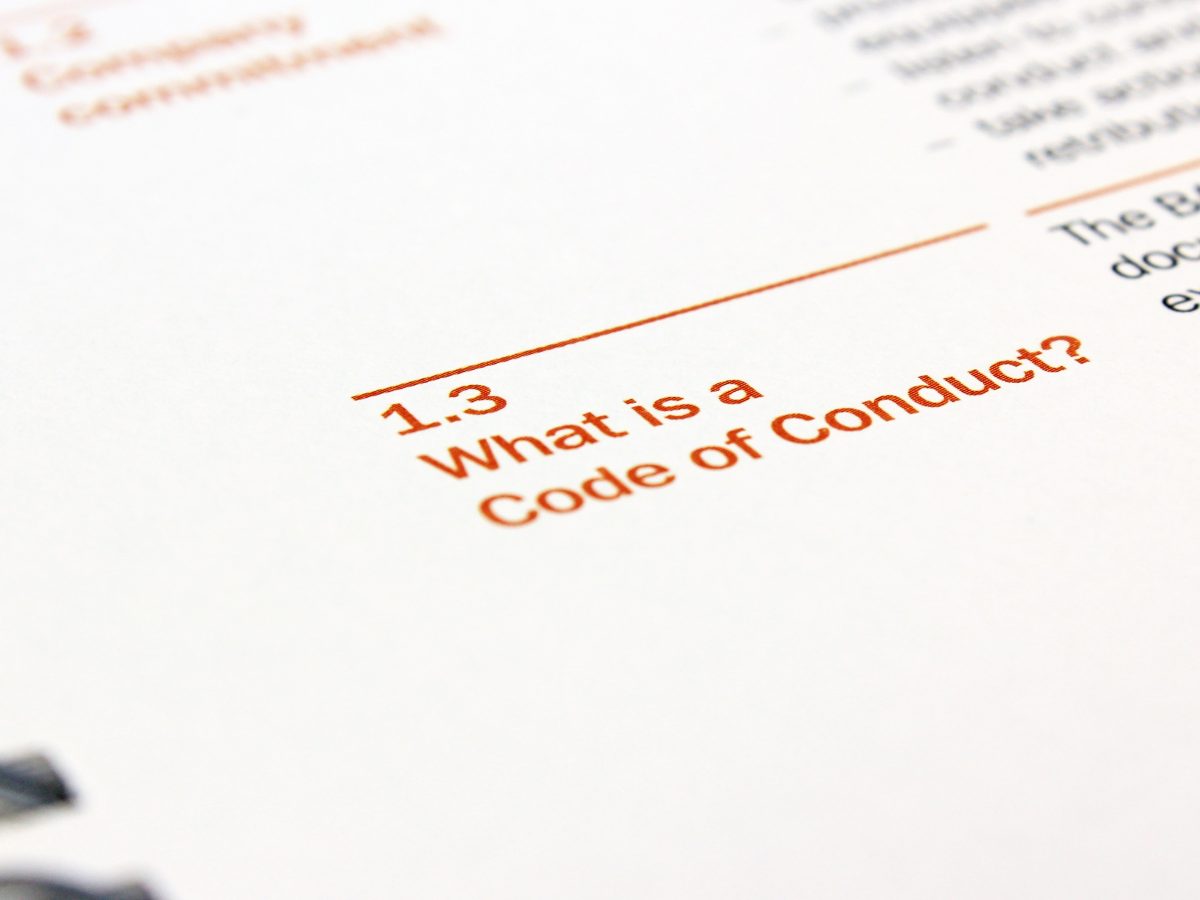There is a major challenge facing companies today. It is how to get people to raise issues of concern because they recognise it’s good for them. The simple answer is – make it safe for them to do so. The harder thing to do is to create and embed speaking up as the hallmark of a trust culture. In such a culture, raising issues is seen to benefit the whole enterprise, and so is the natural thing to do.
The Issues With Whistleblowing
Instead, people must resort to whistleblowing. Yet, companies continue to poorly design and embed whistleblowing systems in the culture. This issue makes them the last resort for desperate employees witnessing systemic corruption. Regulators insist whistleblowing is necessary because of poor cultural management practices. They consider it an essential part of good risk management practice today.
Lack of Communication
Where there is no culture of openness, managers fail to tune into and respond to ongoing employee feedback. EY’s 2017 Asia-Pacific Fraud Survey had some interesting findings on the subject. 49% of respondents think that senior management would ignore unethical behaviour to achieve targets. 51% of senior management respondents feel under pressure to withhold information about misconduct. There is an absence of effective two-way communication between those at the top and bottom. This flaw creates an ongoing need for whistleblowing systems. Employees find themselves resorting to whistleblowing out of desperation. Instead, it should be out of genuine concern to safeguard business standards for all.
No Intention to Manage Culture
Oddly, the reasons why whistleblowing systems fail are the same reasons they need to exist. They fail because of the absence of leaders’ intent to manage culture. This attitude allows barriers to a speak-up culture prevail. Barriers include flawed power dynamics, information silos, low employee engagement, and unknown risks. Unethical behaviour emerges and flourishes little by little. That is part of why whistleblowing systems fail – leaders don’t seem to understand this. Behaviour becomes normalised.
At the core, businesses are political entities with uneven power and information biases. They encourage politics and self-serving dispositions. They can be full of people with low emotional intelligence, jostling egos, and a tendency to bully. Sometimes, they contain people with some of the most creative reasons for self-interested actions.
Many companies do not have an intentional workplace culture. In this type of culture, behaviour standards are upheld, and employees are encouraged to speak up. Without that, companies can veer towards a low trust, power-based culture. In this culture, employees protect themselves and don’t speak out about unethical behaviour.
Lack of Information
Whistleblowing systems also fail because employees lack information about how they work. They may not understand why the business designed it in the first place. That reasoning is often to ensure middle managers play their roles in building a culture of integrity. In other words, to align with the code of conduct – not for employees’ best interests.
EY’s 2017 Asia-Pacific Fraud Survey had some insights on this as well. 1 in 4 respondents say their colleagues are aware but do not report fraudulent activities for one reason. That reason is that they are not confident the company will protect them if they report it. Perhaps most alarming for corporate leaders is the next finding. 1 in 5 respondents would rather take a whistleblower report directly to law enforcement.
Separation of Mechanisms
Typically, compliance departments manage the whistleblowing hotline. The focus is often on compliance as opposed to engagement and defence. This separation of speak up mechanisms makes it ‘somebody else’s problem’. HR functions can safely lock that away and tick that box. It only comes up again when they must manage someone out of the organisation. Sadly, all too often, it’s the whistleblower themselves.
Systems are not Reviewed
A dominant ‘too busy’ mindset prevents ongoing reflection on systems. These systems may have become outdated, broken, or dysfunctional. Much less do people look into innovation in this area. So, staff members are deprived of opportunities to co-design the helpline system. The same system where they can offer early warnings of people, processes, or systems under stress.
How Behaviour Ethics Can Help
On the positive side, behaviour ethics provides leaders with the tools to forewarn and forearm their employees. That way, they can be alert to the gradual nature of unethical patterns of behaviour. They will know how to spot early warning signals that they may be on the slippery slope. Drawing on the field research encourages a different approach to ethics training. This approach does not depend on the existence of moral compasses. Instead, it seeks to build the required set of social skills employees need to navigate the politics of modern workplaces.
Information and data are increasingly beyond the control of most businesses. In an age of hyper-connectivity, isn’t it time to get your own house in order? Companies need to build a speak-up culture from the ground floor up. It begins with skilling employees to face the challenges they will inevitably face. Build the right attitudes at every level to enable issues and concerns to be heard. It requires leaders to motivate, reward, and measure things that matter. It requires a purposely designed culture that makes it easy for its members to do the right thing. Business pressures necessitate that this becomes a conscious choice.
Depending on whistleblowing is too little, too late. Companies must value their people, reputations, and the wellbeing of the societies in which they operate. To do this, they need to be measuring the strength of feedback systems on culture. Then they need to act on it so that a speak-up culture can offset the need for anonymous reports of bad behaviour. Build a speak-up culture, a high trust culture, a culture that rewards people for highlighting threats. Only then, you may begin to build a culture of working towards excellence together. Rid yourself of a culture of winners and losers where retaliation, isolation, and distrust prevail.
Please fill out the form below to get in touch regarding your organisation’s needs and we will get back to you as soon as possible. You can also call us on 0430 889 850 or email us directly at [email protected].






